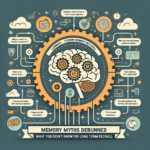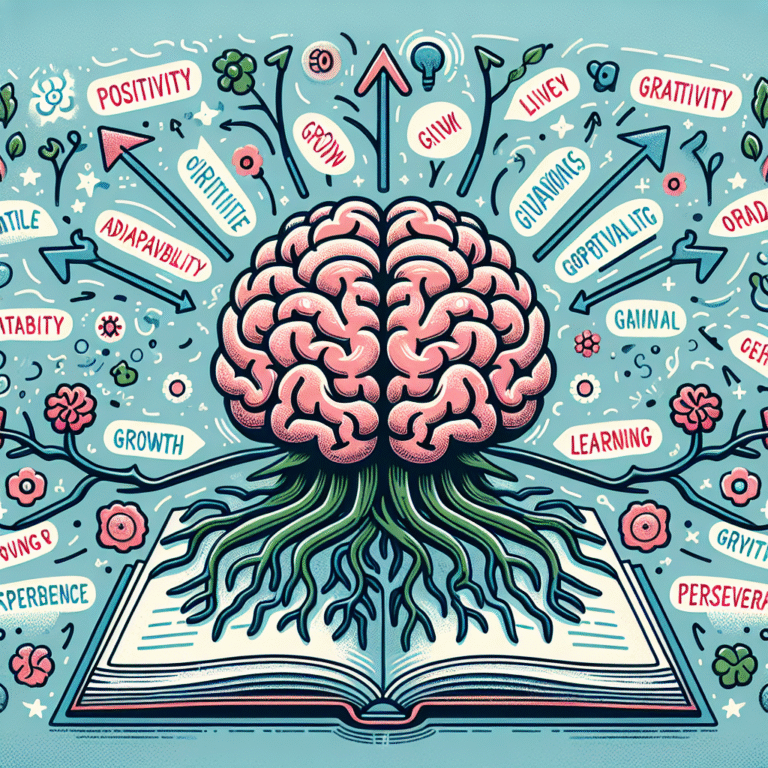
Introduction
In today’s diverse classrooms, where students come from an array of cultural backgrounds, the traditional "one-size-fits-all" approach to education is no longer effective. Instead, Culturally Responsive Teaching (CRT) stands as a transformative strategy, capable of closing the achievement gap that often plagues underrepresented and marginalized students. This innovative pedagogical approach fosters meaningful connections between students’ cultural identities and their learning experiences, turning the classroom into a vibrant space of engagement and success.
Imagine walking into a classroom where each student’s culture is not just acknowledged but actively incorporated into lesson plans and teaching methodologies. This is the essence of Culturally Responsive Teaching: A Key to Closing the Achievement Gap. By understanding and embracing cultural differences, educators can create inclusive environments that empower all students to thrive academically and socially.
Understanding Culturally Responsive Teaching
What is Culturally Responsive Teaching?
Culturally Responsive Teaching is an educational framework that seeks to recognize and leverage students’ cultural backgrounds to enhance their learning experiences. At its core, CRT encourages educators to acknowledge their students’ diverse cultural identities and use them as a foundation for building effective learning practices.
The Four Pillars of CRT
- Cultural Awareness: Educators must develop an understanding of their students’ cultural backgrounds, values, and experiences.
- Curriculum Inclusivity: Instructional materials should reflect a variety of cultures, histories, and perspectives, ensuring that all students see themselves represented.
- Building Relationships: Establishing strong rapport with students enhances trust, making students feel valued and understood.
- High Expectations: Educators should maintain high expectations for all students, believing in their potential to succeed despite systemic barriers.
Why Culturally Responsive Teaching is Essential
The Achievement Gap: A Persistent Challenge
The achievement gap refers to the disparity in academic performance between various student groups, often defined by race, ethnicity, and socioeconomic status. According to the National Center for Education Statistics, disparities in test scores, graduation rates, and overall academic achievement are stark. For instance, while around 80% of White students graduate high school in four years, the rate drops to about 67% for Latino students and just 62% for Black students.
The Power of Representation
Culturally Responsive Teaching addresses the achievement gap by affirming students’ cultural identities, validating their experiences, and motivating them to excel. Research shows that culturally relevant curricula enhance student engagement and achievement. When students see their heritage reflected in their education, they are more likely to participate actively and feel invested in their learning.
Case Study: The African American Male Achievement Program
In a groundbreaking initiative, a school district in Oakland, California, launched the African American Male Achievement (AAMA) program, focusing on improving academic outcomes for Black male students. Teachers underwent extensive training in CRT principles, learning how empathy and understanding can transform student-teacher relationships. Data revealed a significant increase in GPA and attendance rates among participants, showcasing the effectiveness of personalized, culturally responsive education.
Key Strategies for Implementing Culturally Responsive Teaching
1. Know Your Students
Understanding the cultural backgrounds of your students is paramount. Use surveys, interviews, and open dialogues to learn about their experiences, interests, and challenges. This foundational knowledge allows for more tailored teaching approaches.
2. Diverse Teaching Materials
Incorporating diverse texts and resources into the curriculum is essential. This not only engages students but also fosters a broader understanding of the world. For example, introducing literature from a variety of cultures opens students’ eyes to different perspectives and experiences.
3. Integrating Cultural Practices in Teaching
Utilize culturally relevant practices in lesson delivery. If a student comes from a background where storytelling is a common practice, integrate storytelling into teaching general concepts. This not only makes learning relatable but also enriches the educational experience for all students.
| Cultural Practice | Suggested Classroom Activity |
|---|---|
| Storytelling | Invite students to share stories from their culture related to lesson themes. |
| Cooperative Learning | Encourage group work where students can bring diverse perspectives to problem-solving. |
| Visual Arts | Incorporate art projects that reflect students’ cultural backgrounds. |
4. Classroom Environment
Creating a classroom that visually represents a multitude of cultures is vital. Decorate the walls with cultural artifacts, artwork, or quotes from students representing their heritage. Such inclusivity fosters a sense of belonging and respect.
Measuring the Impact of Culturally Responsive Teaching
Data and Evidence
Numerous studies demonstrate the positive impact of Culturally Responsive Teaching on student outcomes. According to the Journal of Educational Psychology, students exposed to CRT strategies showed a 20% increase in standardized test scores compared to their peers who did not receive such instruction.
Case Study: The Culturally Relevant Teaching Program at the University of Georgia
The University of Georgia implemented a Culturally Relevant Teaching program within its teacher training curriculum. Graduates of this program reported feeling more competent and confident in teaching diverse classrooms. Student feedback indicated increased engagement and higher levels of academic achievement among those taught by these culturally aware educators.
Analyzing Results
The evidence is clear: Culturally Responsive Teaching not only improves academic performance but also fosters positive relationships between students and educators. Schools that have adopted CRT frameworks are seeing diminished behavioral issues, lower dropout rates, and substantially enhanced overall student morale.
Challenges and Misconceptions
Addressing Common Concerns
"Isn’t Culturally Responsive Teaching just another trend?"
- While many educational practices cycle in and out of favor, CRT is rooted in solid research and addresses long-standing disparities in the classroom.
"How can teachers manage diverse cultural behaviors?"
- Teachers can use CRT strategies to learn about cultural differences, which promotes understanding and respect among students.
"Does CRT mean lowering academic standards?"
- On the contrary, CRT encourages high expectations for all students while providing support tailored to their unique backgrounds.
"Isn’t this just teaching kids what they want to hear?"
- Culturally Responsive Teaching emphasizes academic rigor while presenting content in a way that students can relate to and understand deeply.
- "What if I make mistakes?"
- Educators are encouraged to embrace imperfection, learn from feedback, and grow in their practice as they integrate CRT principles.
Conclusion
Culturally Responsive Teaching: A Key to Closing the Achievement Gap is not merely a movement but a necessity in reshaping our education systems. By embracing cultural identity as a vital aspect of teaching, educators can foster a sense of belonging, meaningful engagement, and ultimately, enhanced academic success for all students.
As we move forward, let us strive to create classrooms that celebrate diversity, cultivate empathy, and hold high expectations for every student. In doing so, we not only close the achievement gap but also pave the way for a future where all learners can succeed, regardless of their backgrounds.
FAQs
1. How can I start implementing Culturally Responsive Teaching in my classroom today?
Begin with self-reflection on your cultural awareness, engage with your students to understand their backgrounds, and start integrating diverse materials in your lesson plans.
2. What resources are available to help educators learn more about CRT?
There are numerous books, online courses, and workshops focused on Culturally Responsive Teaching, including resources from the Teaching Tolerance Project and the Center for Culturally Responsive Teaching and Learning.
3. Can Culturally Responsive Teaching be applied in all subjects?
Absolutely! CRT strategies can enhance any subject, from mathematics to the arts. The key is to connect the content with students’ cultural experiences and backgrounds.
4. How can parents support Culturally Responsive Teaching at home?
Parents can support CRT by encouraging discussions around cultural identity at home, sharing cultural stories, and partnering with teachers to establish a culturally inclusive learning environment.
5. What are some signs that Culturally Responsive Teaching is succeeding in my classroom?
Signs of success can include increased student engagement, improved academic performance, and a more positive classroom environment where students feel comfortable expressing their cultural identities.
Culturally Responsive Teaching: A Key to Closing the Achievement Gap is a journey. As educators, we hold the power to reshape our classrooms, foster inclusivity, and inspire our students. Let’s embrace this path, empowering not only our students but also the communities they represent.


















that picture is awkward the eyes and faces,
Thank you for your honest observation—I appreciate your candor. I understand how an image with unsettling expressions or design choices can distract from the article’s content. I’ll take a closer look at that visual and consider selecting one that better complements the tone and message of the piece. Your feedback helps make the post more effective and respectful for everyone.